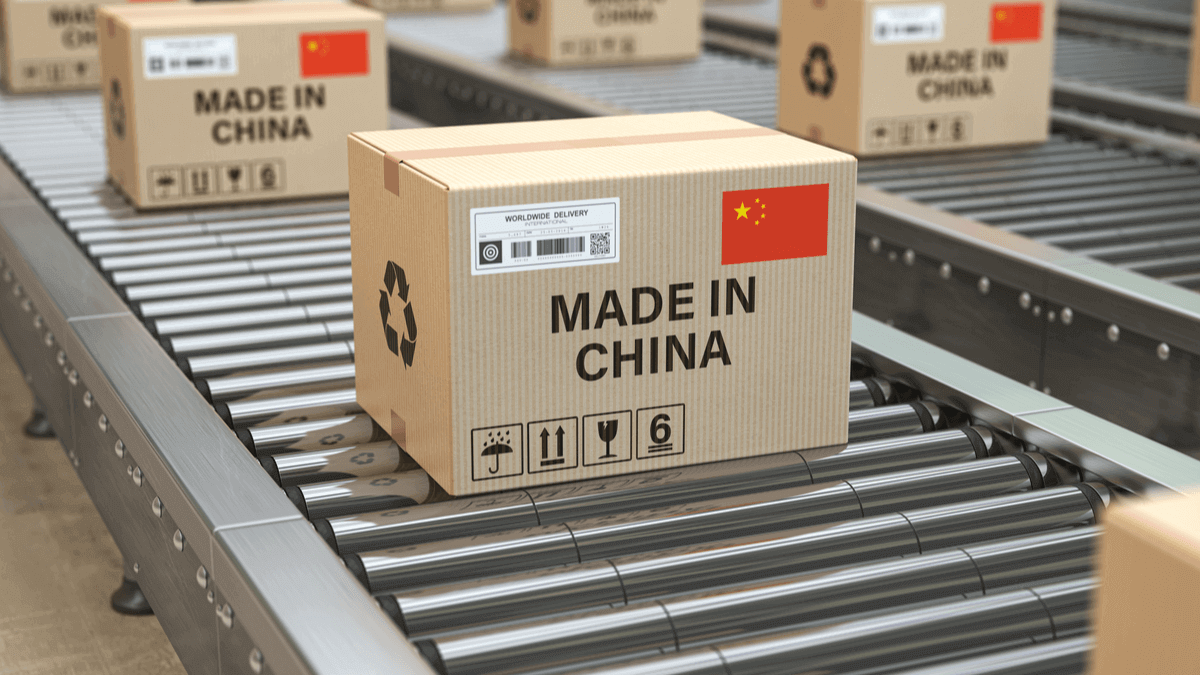Introduction:
Import goods from China has become increasingly popular in recent years, as the country is home to some of the world’s largest manufacturing industries. However, importing from China can be a complex process, and it is essential to know the steps involved to avoid any pitfalls or complications. In this article, we will guide you how to import goods from China.
1-Identify the product you want to import
The first step in importing goods from China is to identify the product you wish to import. Research the products available in China and determine which would be a good fit for your business. Once you have identified the product, research the suppliers that offer it in China.
2-Find a reliable supplier.
Finding a reliable supplier is key to ensuring the success of your import business. Several online platforms can help you find suppliers, such as Alibaba and Made-in-China. When choosing a supplier, verify their credentials and ask for references. It would be best to communicate with them regularly to establish a good working relationship and ensure they can meet your requirements.
3-Negotiate the terms.
Once you have found a reliable supplier, it’s time to negotiate the terms of your agreement, including the product’s price, payment terms, delivery times, and quality control. Ensure you are clear about your expectations and that the supplier understands your needs. It is also essential to have a written contract outlining your agreement’s terms.
4-Arrange the shipment.
The next step is to arrange the shipment of your goods. This step involves deciding on the mode of transportation, such as air or sea freight, and finding a shipping company that can handle the logistics. Ensure the supplier has all the necessary documentation, such as a commercial invoice, packing list, and bill of loading.
5-Handle customs clearance.
When importing goods from China, it is essential to comply with your country’s customs regulations, which include obtaining the necessary permits and licenses, paying the relevant duties and taxes, and providing accurate documentation. Hiring a customs broker or freight forwarder to help you navigate the customs clearance process is a good idea.
6-Receive and inspect the goods.
Once the goods have arrived at your destination, it is essential to inspect them thoroughly to ensure that they meet your specifications. That includes checking the quality, quantity, and packaging of the goods. If there are any issues, communicate with your supplier and work to resolve them.
7-Market and sell your products.
The final step is to market and sell your imported products. Make sure to price your products competitively and promote them through various channels, such as social media, online marketplaces, and trade shows. Build a strong brand and reputation for your business by providing excellent customer service and high-quality products.
Conclusion
Importing goods from China can be a lucrative business opportunity, but it requires careful planning and execution.
Following the steps outlined in this article ensures that your import business runs smoothly and successfully. Remember to research your products and suppliers, negotiate terms, arrange shipment, handle customs clearance, inspect your goods, and market and sell your products effectively.

